Just finished Mr Sam Pitroda’s heartfelt blog on his experience of working for India and how he was treated in the end. It is especially moving since – nearly 40 years after the establishment of C-DOT – SITARA has encountered similar challenges in trying to revive the domestic telecom industry. So everyone is urged to read his story because even 4 decades after, we are facing the same challenges. Fortunately some reforms have been undertaken and the importance of Telecom for National Security, technological development and economic progress has been understood by key elements in Government but a long way needs to be traversed even now.
At the same time we need to pay homage to the heroes who understood the importance of Research and Development and Indigenous Hi-Tech Telecom production 40 years ago, several years ahead of China. Like SITARA, Shri Pitroda believed that Technology could be a key driver in India’s quest for “revolutionary development and growth”. It is wonderful to hear that he believes that Technology is the prerequisite for development and democracy. SITARA has been saying that technology is the foundation of power for a long time.
In understanding that Telecom would be the basis of change for India – he was far ahead of his time, even ahead of China, which started the process of reform and leveraging its IT industry only in the 1990s. If only Mr. Pitroda had been allowed to continue working on his dream we would have been ahead of China today in the foundational technology of the 21st century. but it seems that Ministerial ego and political differences destroyed any chance of this happening.
This underlines the need for a bipartisan approach on developing the country’s Hi-Tech capabilities without which we will fall forever behind all other major Nations. People like Sam Pitroda are an asset in this – in the way he pioneered cutting through bureaucratic cobwebs, putting in place innovative organizational structures and tackling massive problems in genuine Mission Mode.
Another remarkable element of Mr. Pitroda’s vision was that he wanted to expand the telecommunications revolution to rural areas, which is why he started with developing the rural automatic exchange. He took into account the needs of ordinary people in the remotest of places. He also articulated what SITARA is saying 40 years later that India has among the finest brains in the world and yet we are unable to leverage them for the development of our own country:
“Everywhere you looked, India had a wealth of talented people. All that was needed to propel the country into the highest rank of nations, at least in my opinion, was a modern approach to organization and management. That, and a mindset focused on goals to be achieved rather than on the sterile demands of status and hierarchy.”
The establishment of C-Dot was a step in this direction. The section on Technology Missions is also fantastic – it starts of the establishment of C-Dot on August 25 1984 with the objective “To develop sophisticated telematics technology and products indigenously”.
He had an unorthodox approach and did not care for hierarchy. He cared for the cleaners and trade unionists and they would meet his professions of courtesy with great disbelief. He firmly believe in equality and a non- hierarchical approach. Unfortunately the then Minister Unnikrishnan went out of his way to run down C-Dot although India had greatly benefited from this innovative venture. When the Minister came to denigrate Mr. Pitroda at C-Dot – the entire audience walked out in protest. We need more of this kind of loyalty, character and dedication to the truth.
The difficulty in meeting the proclaimed goal of a 40,000 line switch contributed to the mounting criticism leveled at C-Dot. Considering that many other countries had faced challenges in ramping up capabilities to that level it is it truly unfortunate that C-Dot was not allowed the time to develop its capabilities.
Mr. Pitroda’s story also underlines the key importance of having the right people advise the highest executive authorities in our country because it was because of the then Prime Minister’s unstinted support and understanding of the importance of technology that Mr. Pitroda was able to cut through bureaucratic cobwebs and undertake a real Revolution to promote domestic Capabilities.
He also speaks fondly of his association with Shri Jairam Ramesh, Congress MP as a brilliant student of Carnegie Mellon and MIT who helped him in many of his ventures. He undertook the technology missions that have given us our present vaccine capacity, C-DAC, C Dot and other achievements.
At one time he mentions very clearly that one of the biggest drawback is that we lack people with “the domain expertise, leadership, ethics and courage to address India’s challenges against a potentially hostile bureaucratic environment”.
We found references to the obstructive tactics undertaken by the Bureaucracy, especially telling since a large part of this formed the initial dossier we shared with the National Security Council Secretariat. To the NSCS’ credit – members expressed utter shock at the way the establishment itself was discouraging domestic companies and capabilities and they then undertook to distribute this report throughout the Bureaucracy which as per their words “lit a fire in govt circles” out of which came the procurement reforms and many other positive development at least for the Telecom industry.
Another truly astounding anecdote is Mr. Pitroda’s opposition to big multinationals when they were in conflict with India’s interests. For example, he absolutely refused to give into Motorola’s request to introduce mobile phones at a time when India was still developing its own abilities. He also insisted that Jack Welch buy Indian software in return for selling his products in India and this was followed up by several American companies such as IBM, Texas Instruments etc. also placing orders on the very nascent Indian Software Industry.
Contrast this with the fact that so many of our senior bureaucrats pander to Big Tech and the Big 4 and award sensitive contracts involving Govt data to them.
Allegations of corruption leveled at him made no sense when he did not even take a salary from the Government and spent his own funds. In the end he had to return to the United States .
His work was stalled and India returned to the “Import With Benefits” paradigm until SITARA came on the scene. It was our underlining that foreign / Chinese ownership and possession of our critical information infrastructure was a direct threat to National Security, a call that was heeded, that kick-started so many reforms. But if his work had been allowed to continue, it is quite possible that today India would have been ahead of China in Information & Communications Technologies.
It is hoped that there is a place for true Patriots like him in India – who did so much to propel India into the 21st century.

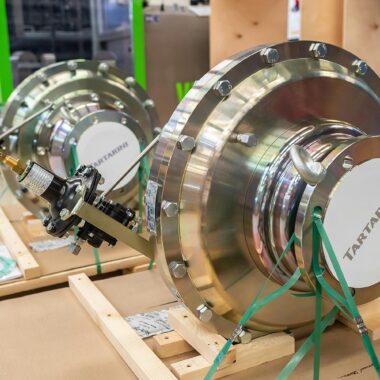
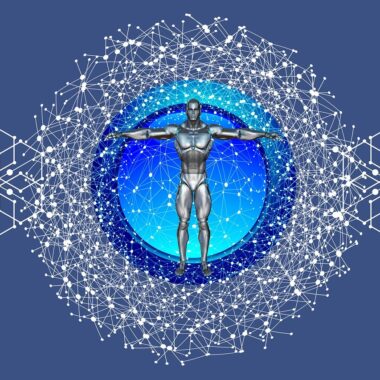


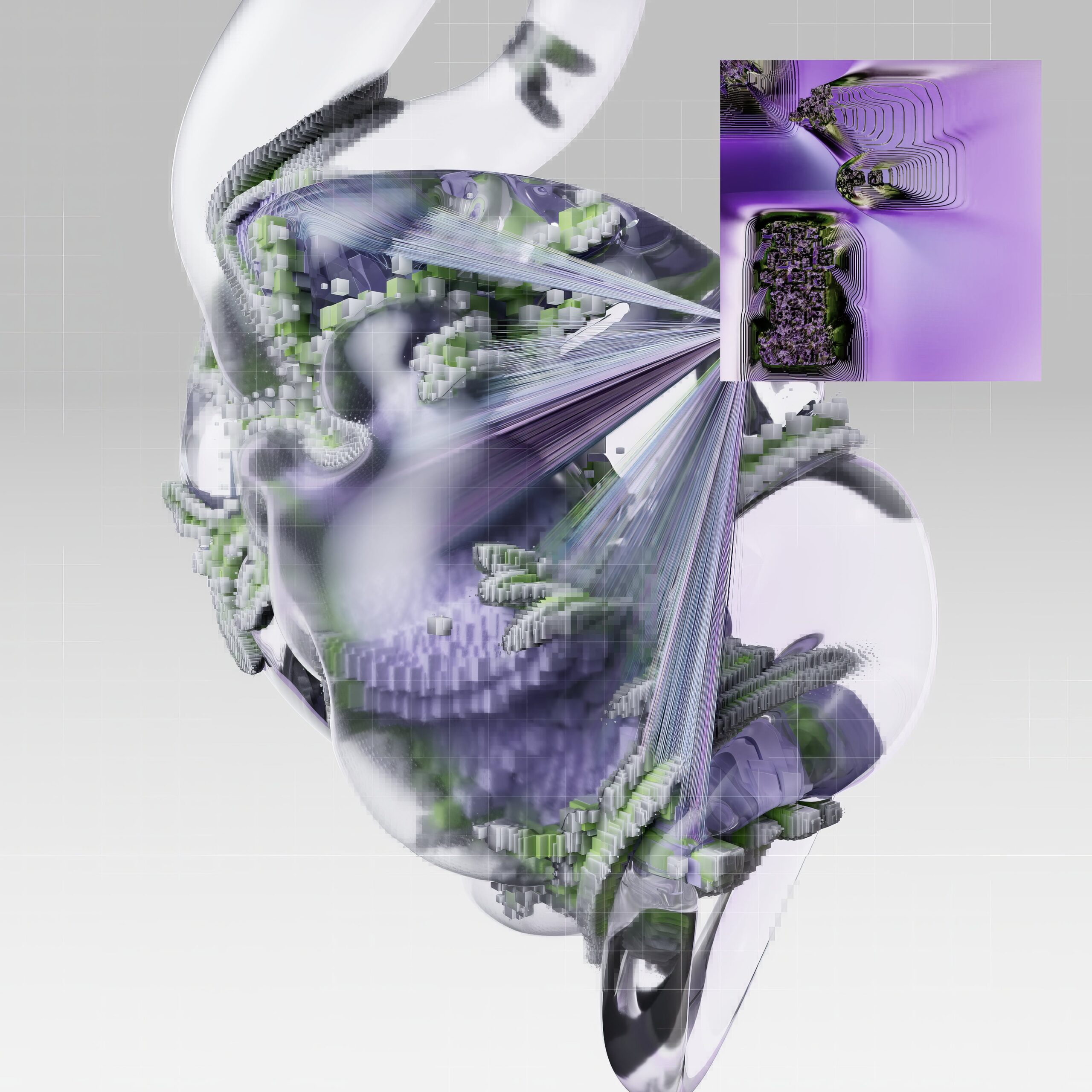

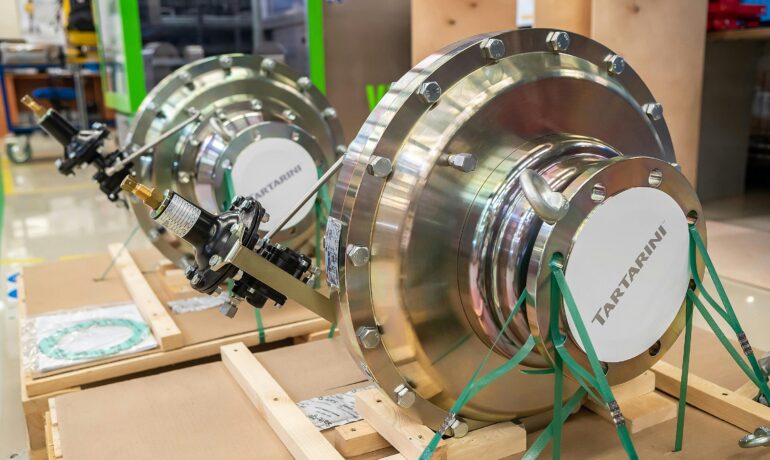
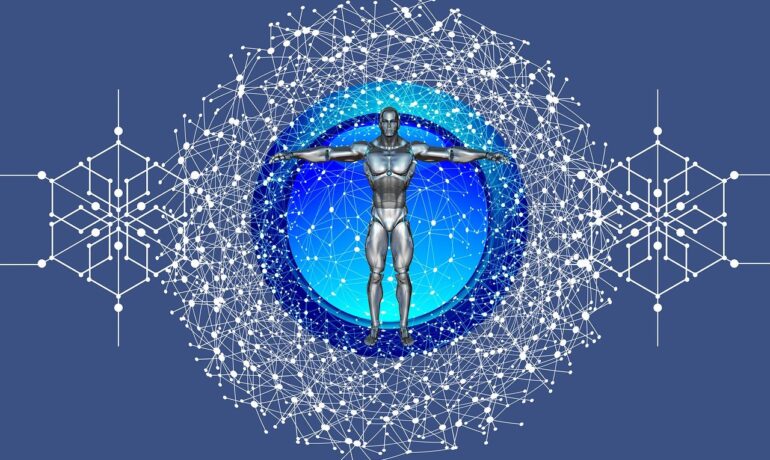

More Stories
Win-Win Solution for the Farmers’ Agitation
iSPIRT and SITARA’s proposal for a Sovereign Compute Stack
Joint Inputs for draft Deep Tech Policy